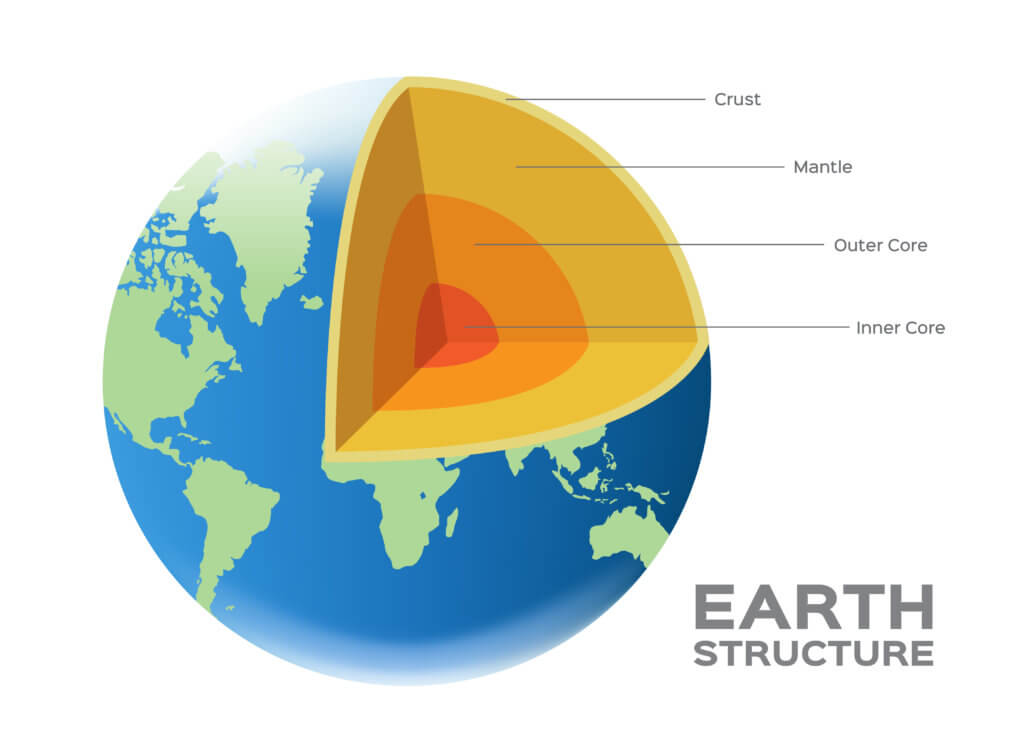Salt Lake City – Scientists are trying to go where no man has gone before, deep into the Earth! A team of University of Utah scientists has made significant progress in understanding the formation and structure of the planet’s enigmatic inner core. They hope that seismic waves from natural earthquakes can help unlock the secrets of this hidden region.
The inner core, the solid metal ball inside our planet, not only influences its magnetic field, but also plays an important role in supporting life on Earth. Contrary to previous assumptions, the study reveals that the inner core is far from a homogeneous mass. Rather, it is like a tapestry made up of various „fabrics”.
„We confirmed for the first time that this kind of asynchrony is ubiquitous in the inner core,” explains lead author Guanying Pang. University Publication.
By examining seismic data from a global network of detectors initially installed to detect nuclear explosions, researchers have gained insights into the Earth’s deepest regions.

Keith Gober, a seismologist involved in the study, compares the study of the inner core to a boundary region. He emphasizes that imaging the interior of the Earth’s core is challenging due to its depth and unknown properties. Seismic waves generated by earthquakes provide valuable information as they propagate through the planet’s crust, mantle, and core.
„The planet formed from some sort of asteroid [in space]. They interact and you create a lot of energy. So the whole planet, as it forms, melts,” Gober explains. „Iron is heavy and you get what we call core formation. The metals sink into the middle and the liquid rock is outside, which then essentially freezes over time. The reason all metals are at the bottom is because they are heavier than rocks.”
The team’s analysis of seismic data collected from 2,455 earthquakes revealed the structure and behavior of Earth’s inner core. They found that the inner core’s irregularity gets stronger as one goes deeper towards the Earth’s core. This observation provides insights into the development process of the inner core over time. The inner core grew rapidly in the past, reached an equilibrium, and then continued to grow at a slower rate. This growth process resulted in the presence of liquid iron trapped within the solid core.
The importance of this research extends beyond expanding our understanding of the Earth’s core. It demonstrates the power of using seismic data to unlock hidden information about our planet. These findings contribute to ongoing efforts to predict seismic activity, improve weather forecasting, and improve our knowledge of Earth’s atmosphere. The research team’s work opens the door to further exploration of Earth’s deep interior, paving the way for future discoveries.
The study is published in the journal Nature.


„Oddany rozwiązywacz problemów. Przyjazny hipsterom praktykant bekonu. Miłośnik kawy. Nieuleczalny introwertyk. Student.
